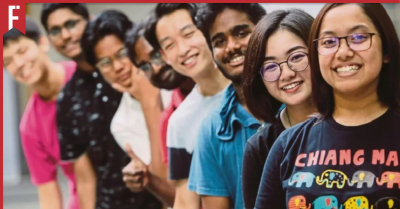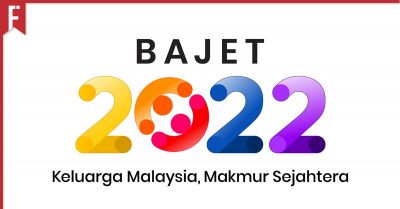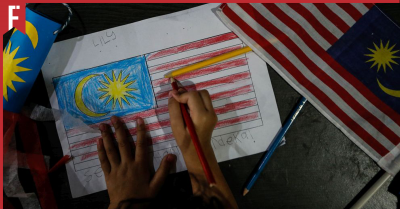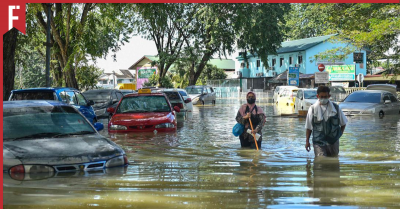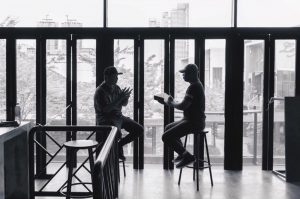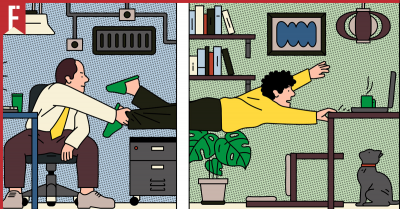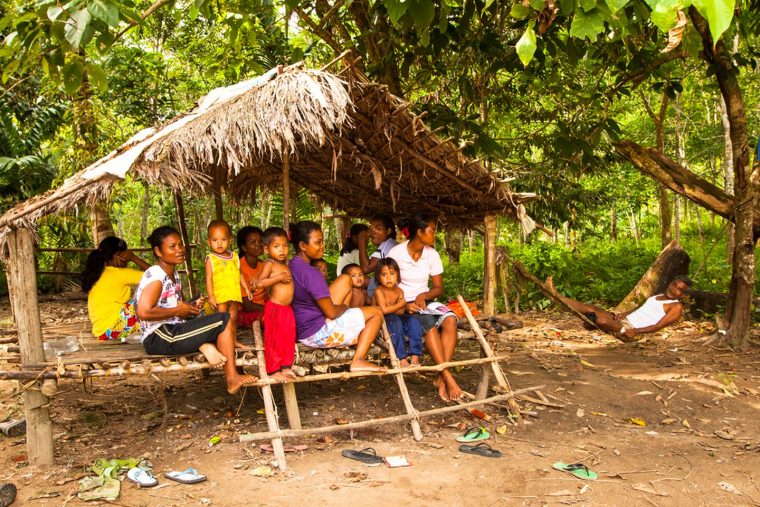
Here’s a challenge: go to your Google or Safari app, type in ‘Orang Asli’ and press search.
How many pages would you have to go through in order to find a search result that is NOT a thesis or news article about their plight and struggles?
In Malaysia, the Orang Asli represent one of the smallest minorities in the country, with many living beneath the poverty line. For years, the public narrative of these minority groups have always been about the struggles they face.
But, just how true is this?
The Original Narrative
When the COVID-19 wave hit the country and our government made the decision to implement the Movement Control Order (MCO), many of us were hit pretty hard along with it – retrenchments, businesses folding and long-standing corporations closing their doors for the last time.
But if we were having a hard time coping with all this, then surely the Orang Asli communities must have been hit harder. Right?
The term Orang Asli quite literally translates to “original people”, meaning the first and oldest inhabitants of the land we all call home. Throughout time and history, the Asli communities have cultivated the skills needed to survive, even without the use of fancy machinery or the latest technology. They are a community that has seen themselves stripped of their land and resources over the years, and yet still manage to break the surface of the water time and time again.
Now traditionally, the 9th of August is observed as the International Day of the World’s Indigenous Peoples as a way to raise awareness and protect the rights of the indigenous population. And while it is important to protect their rights as a people, there is something to be said about championing their resilience as a people too – giving credit where credit is due, essentially.
Which brings us back to our first question.
How true is the public narrative that we, as an urban society, and the media have spun about them?
A Native Perspective
Now, we aren’t by any means ‘experts’ to go into the details of what the community is like or what they’ve been through, so we roped in someone who works very closely with the Asli communities here in Selangor on what it’s like working together with them.
Daniel Teoh is the founder of Native, a social enterprise that works with the Orang Asli to co-create community-based tourism ventures. Think tours and experiences for travellers, schools, companies, the works.
Although founded back in June 2018, Daniel had previously worked with the Orang Asli community in a different capacity. Over time, he got to know them very well and they bonded over the time spent together. And then one day, it hit him.
What if other urban folk could experience the community in the way that he had?
“It started with one of my Orang Asli friends, Faizul. We decided to put a listing up on Airbnb Experiences thinking that it might be something fun to do. Didn’t have too much hope but we got some bookings and kept getting bookings over time,” says the 26-year-old founder.
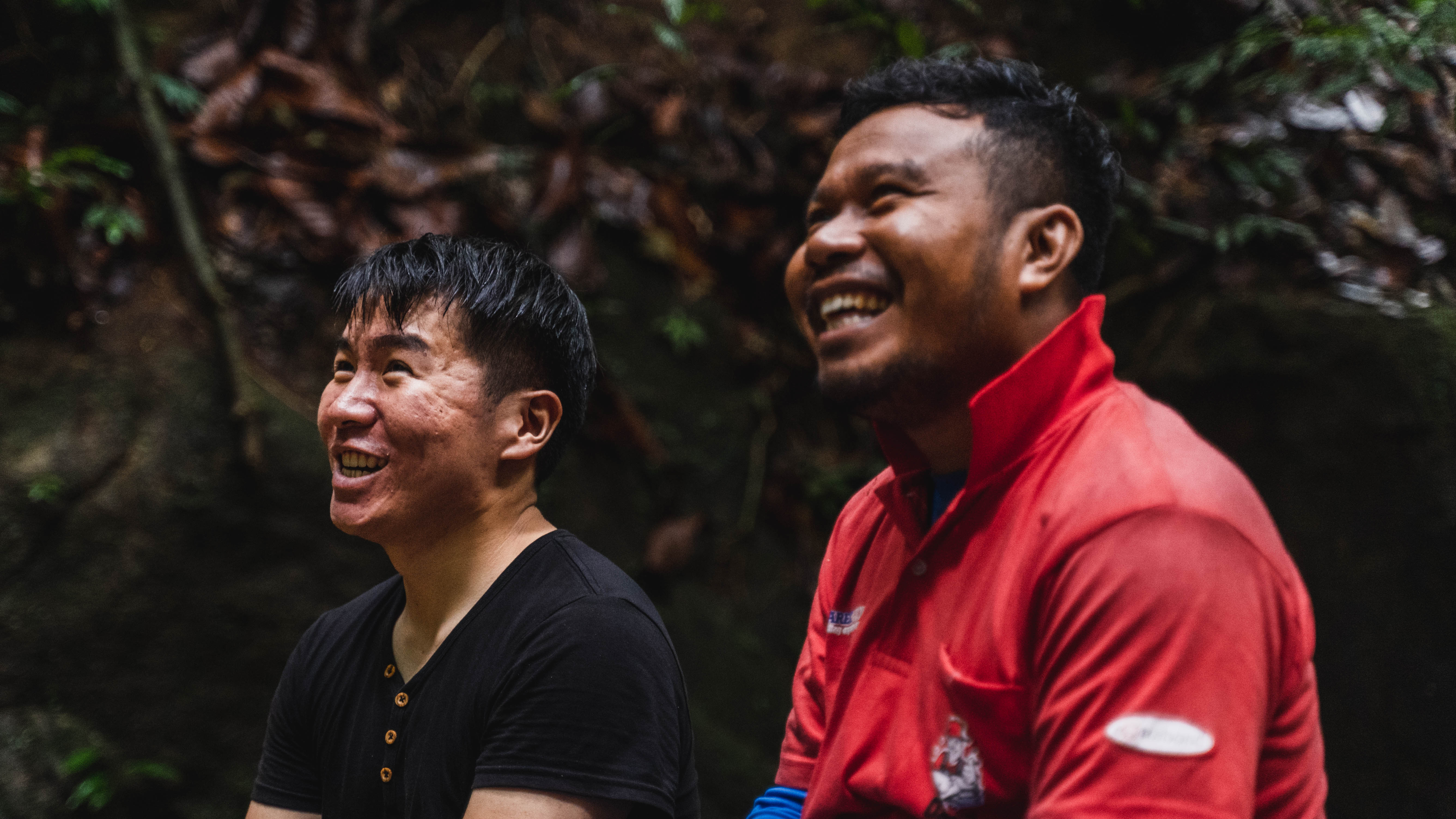
Fast forward to the present day, the experience tours have expanded to three villages in Semenyih, Gombak and Ulu Yam, Rawang respectively.
The Path Not Taken
The Orang Asli communities that Native works with are mostly those from the Temuan tribe with a few Semai tribesmen mixed in, marrying into the Temuan tribes of the Selangor region. Conducting these tours together with the Orang Asli or ‘Native hosts’, Daniel breaks it down to the type of experiences that you would typically get.
The Temuan people are a Proto-Malay ethnic group indigenous to the western parts of the country like Selangor, Negeri Sembilan and Johor. They speak Temuan, an Austronesian language closely related to Malay while the Semai speak Semai, an Austroasiatic language closely related to Temiar, a Senoi group in the centre parts of the Peninsular like Perak and Pahang.
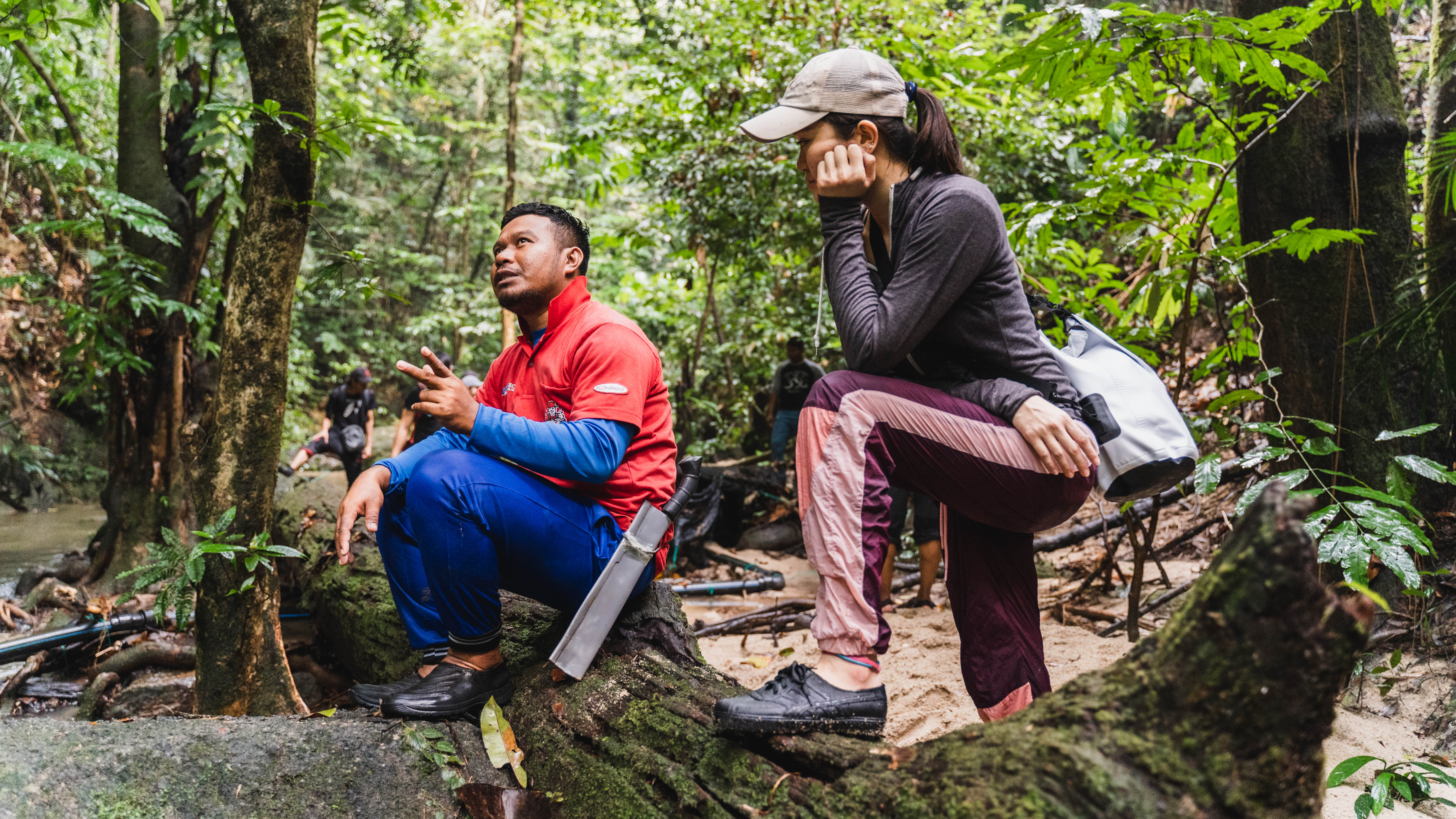
“Every tour is different and is positioned differently. It started out as nature hikes; with the village in Semenyih, our Native hosts take visitors along a trail. The village borders a recreational forest, taking you into the part where you don’t usually get to see under normal circumstances. Waterfalls, a bit of the local wildlife that inhabit the area and you get to try out the typical Orang Asli cuisines.
With our Gombak tours, it entails more cultural activities, walkthroughs of Orang Asli puzzles and crafts, you get to try blow pipes, start a fire and try your hand at cooking Orang Asli cuisine with the help of the hosts. I would say it’s a more immersive experience compared to the one we do in Semenyih.”
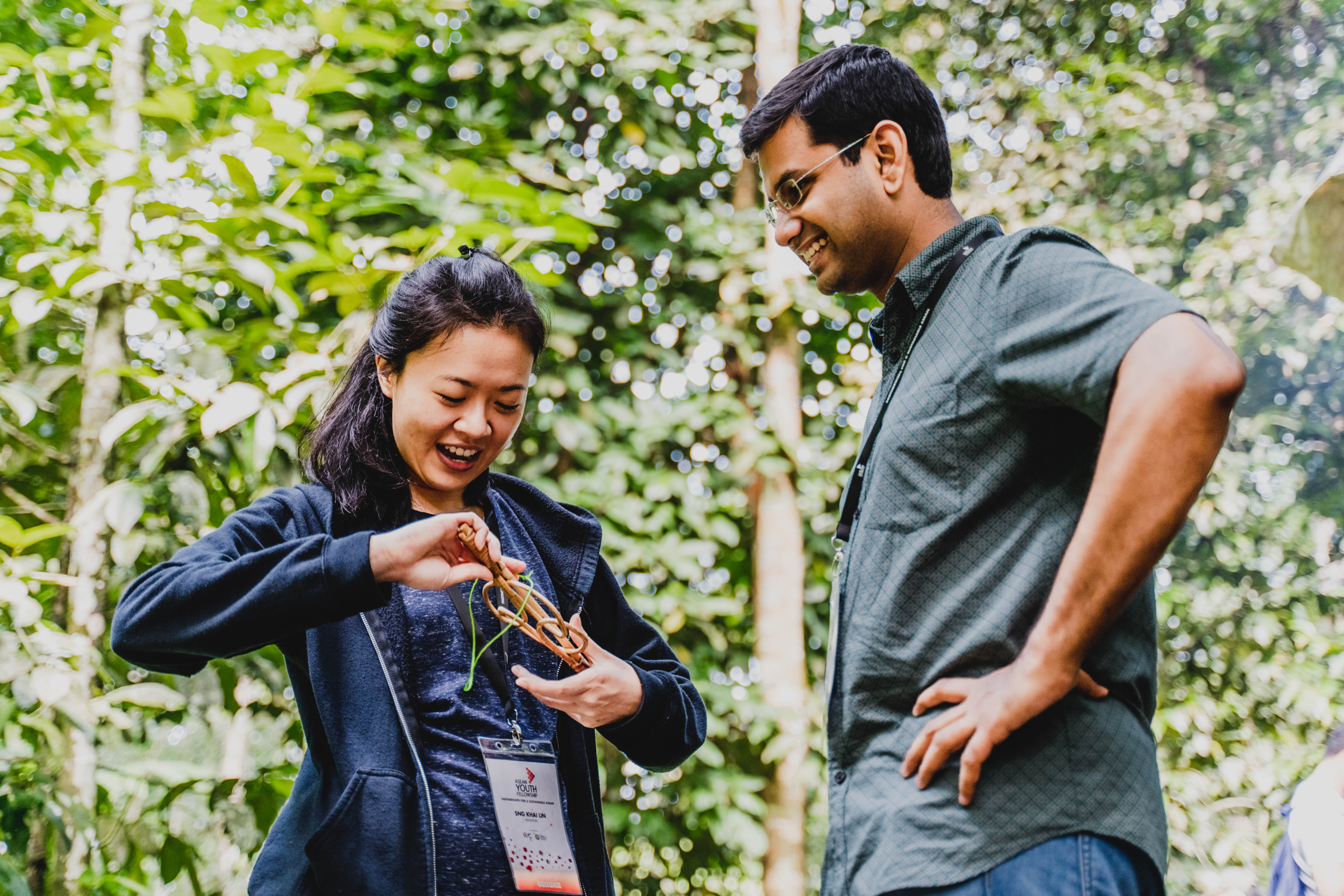
With the arrival of the durian season, Native recently added a third tour in the Ulu Yam area. While the main attraction of the tour is of course, the durians, visitors are taken on a hike through a forest trail in order to reach the durian part of the tour, essentially making it a nature-walk-cum-durian-feast type thing.
Discovering New Ventures
Conducting an experiential tour pretty much entails that you are physically present in person to well, experience it! But when the MCO was announced, it brought all tour operations to an almost immediate halt.
“Every trip that we had booked for the rest of the year, we had some international trips coming in, so everything was pretty much postponed or just cancelled. So during March and April was pretty much dry for us,” says Daniel.
As with any business looking for ways to sustain, Native attempted their first pivot in the form of home weave kits. Daniel and his partner would source for the materials needed for the crafts, package it and ship them out along with an instructional video from their Orang Asli hosts on how to do it. While it panned out okay for the most part, the restrictions at the time made it difficult for his team to spend much time with the communities, therefore making it difficult to communicate and develop the product.
And then came durian season.
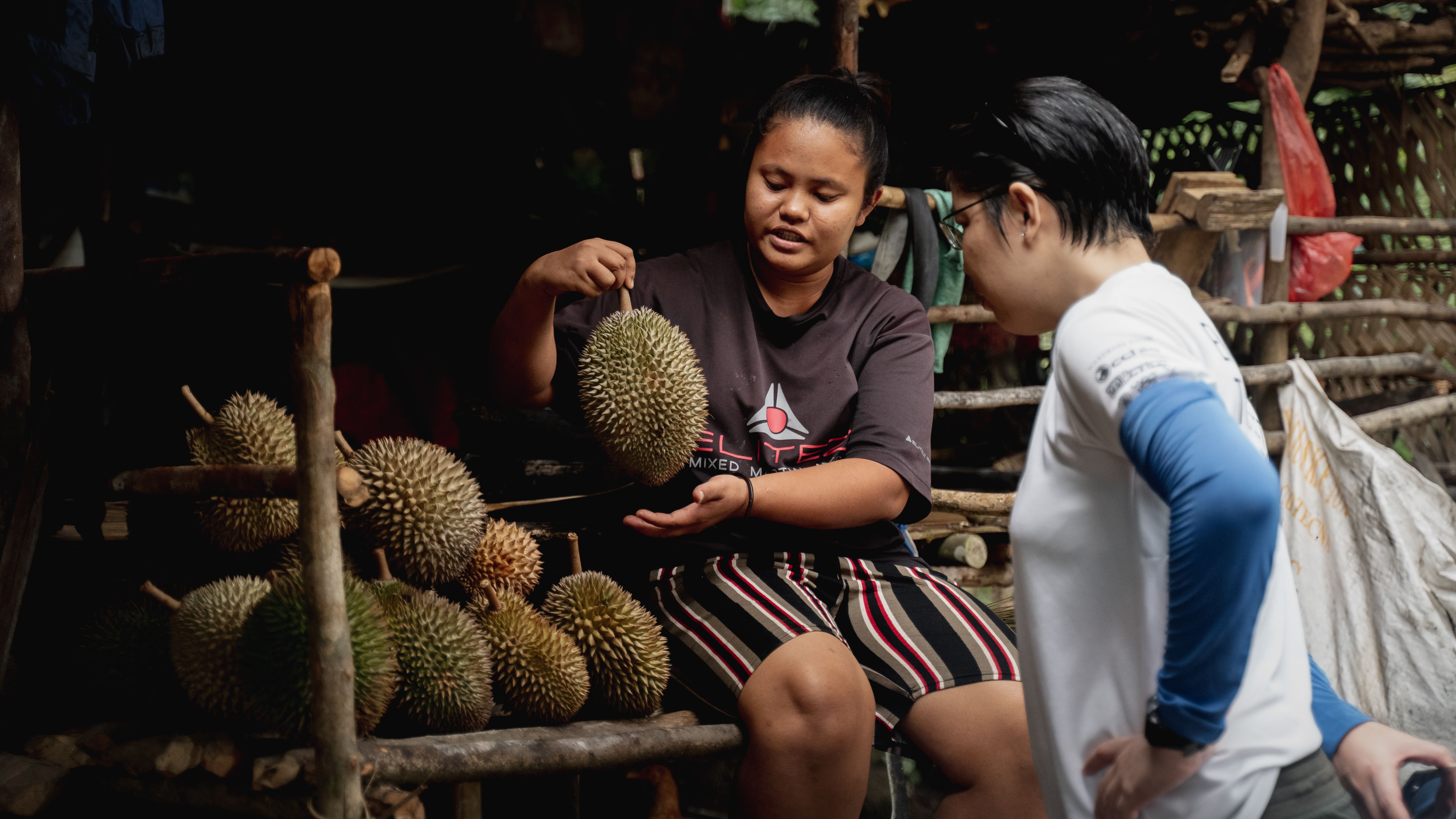
“By that time, it was almost towards the tail end of the MCO, moving to the CMCO period. Some of the communities told us that they actually have durians and we said “why not?”. If it’s on things Malaysians are very into, it’s durians,” he joked.
“So we started working with the communities by asking them ‘hey, do you want to sell us your durians and then we’ll ship it out for you and market it?’. So all they have to do is supply the durians and we do the rest.”
Over the course of the next few months, the Native team bought slightly over a tonne of durians from the communities that they worked with and sold something to the figure of slightly under a tonne, excluding the durians that had gone bad.
“It was good for us business wise in being able to sustain and stay afloat, but also for the communities in the sense that they were able to sell more as well, as typically they would sell at the roadside or only to those who would come by.
And that really depends on the communities and where they’re located. So even if they do get decent footfall, the demand is typically lower than the usual durian haunts around KL,” he stated.
Natively Speaking
In all that they do, Native hopes to change the perception of not only what the public think of Orang Asli communities, but in what they think of themselves. Through observation and in speaking to the community, Daniel has found that the general public narrative of the Orang Asli has placed doubts in their minds of what people will think of them when visiting the villages.
“It is to be able to say that ‘what I have is valuable and people value me’.”
“And I think the theory is that if you can show them tangibly that people are willing to pay to come and experience what you have, so that’s the physical value, but we’re hoping that it will also seep into their inner being and change their perception of themselves,” he continues.
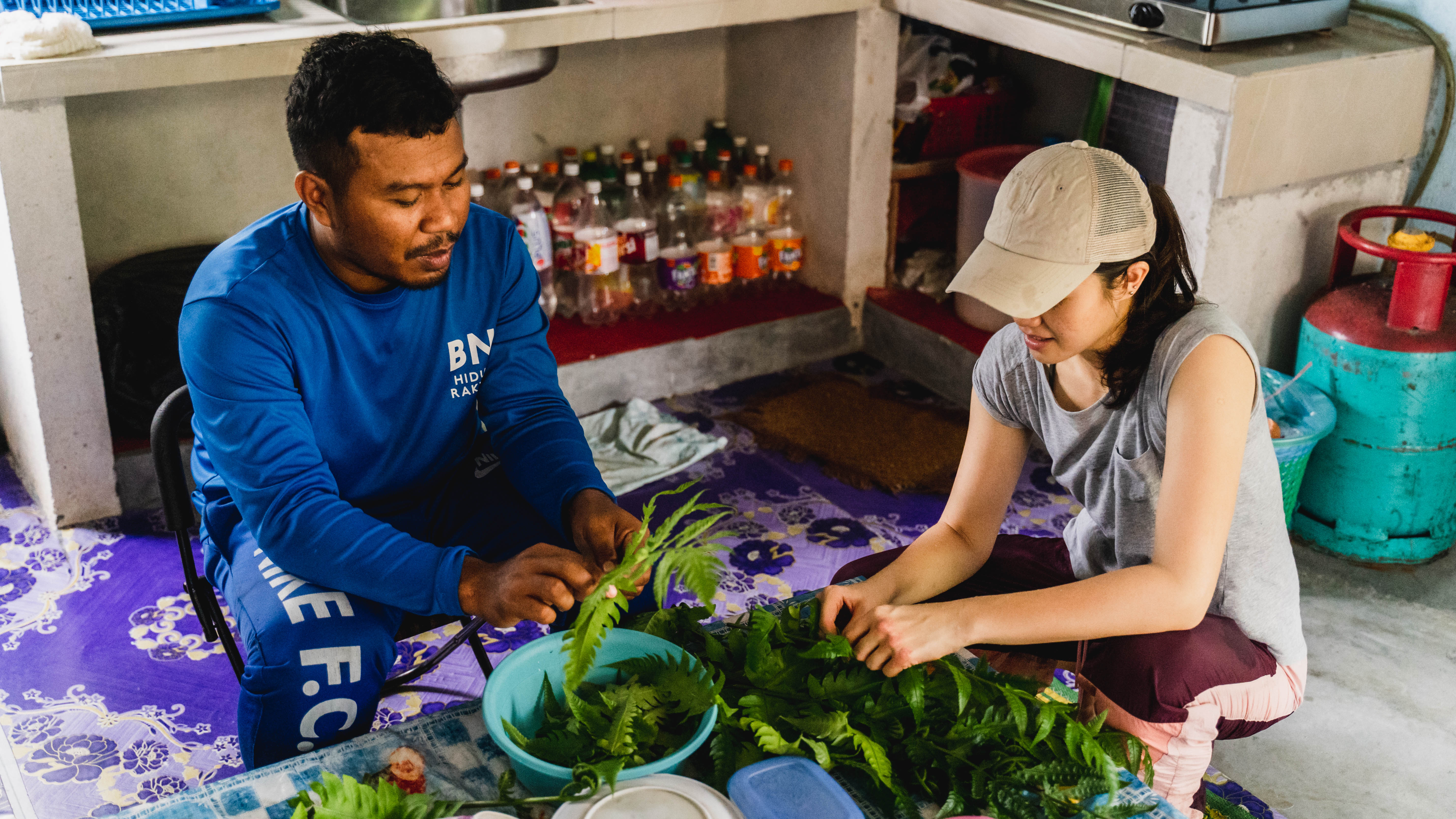
While Daniel and Native are doing what they can in order to achieve this, how then, does it speak to the resilience of the Orang Asli community?
“Well, part of the reason it was difficult for us to continue our work with the communities wasn’t just the MCO. We found out that many of them actually went into the neighbouring forests to look for food there instead. This made it difficult for us to contact them,” says Daniel.
While it put the business side of things to a halt, it was a reassurance to Daniel and his team that they (the Orang Asli) were doing okay and they were able to get by on their own means. It is a testament that the Orang Asli can exist in isolation without us urban folk – most already have even those a bit more stricken by poverty.
In retrospect, communities that face the worst case of poverty probably have it because they had a negative interaction with outsiders; stripped of their lands and cut off from their resources due to deforestation. But, that isn’t to say we are completely useless to them either.
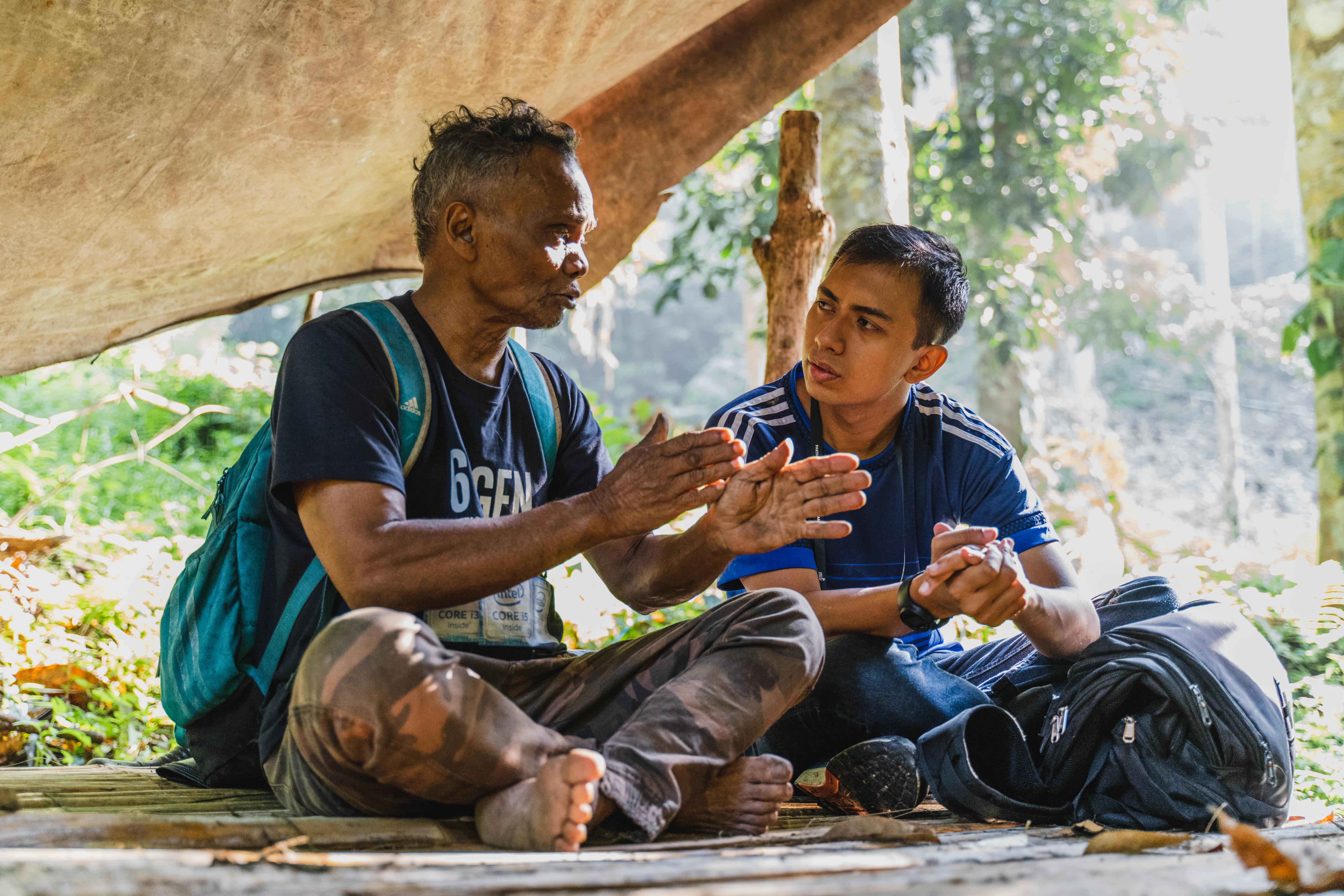
A vast majority of people enter the school of thought where, it’s either you leave the Orang Asli community alone or go beyond to help them and then some; assimilation of isolation. Daniel however, disagrees with this notion.
“I feel it’s more of an integration, where you find the balance between the two. In terms of our Native tours, a lot of people think that they are there to learn about the Orang Asli, but many forget that the Orang Asli are also learning about you. It helps expand their worldview and keep them informed.
“And they want that, at least the ones that I’ve worked closely with have told me,” he states.
“It’s the same as going to your friend’s open house for Raya or Chinese New Year – it creates that understanding between cultures. So it’s very similar to that.”
A Helping Hand Both Ways
The saying goes: “ask not what they can do for you, but rather what you can do for them”
While the sentiment of the saying is understandable, the part most people forget about is the asking. This is especially true in terms of the aid given to the Orang Asli community. What it really boils down to is the mainstream perception of what people think.
“I think what people think of them as uneducated, always in constant need of help, I don’t think that’s true. I think it’s true to an extent that there are some communities that don’t have the basic things they need to get by like access to water, roads, food, schools, but then again there are those that demonstrate a lot of resilience in terms of being able to fend for themselves, being resourceful, going into the forest to find food and sort their own things out,” says Daniel.
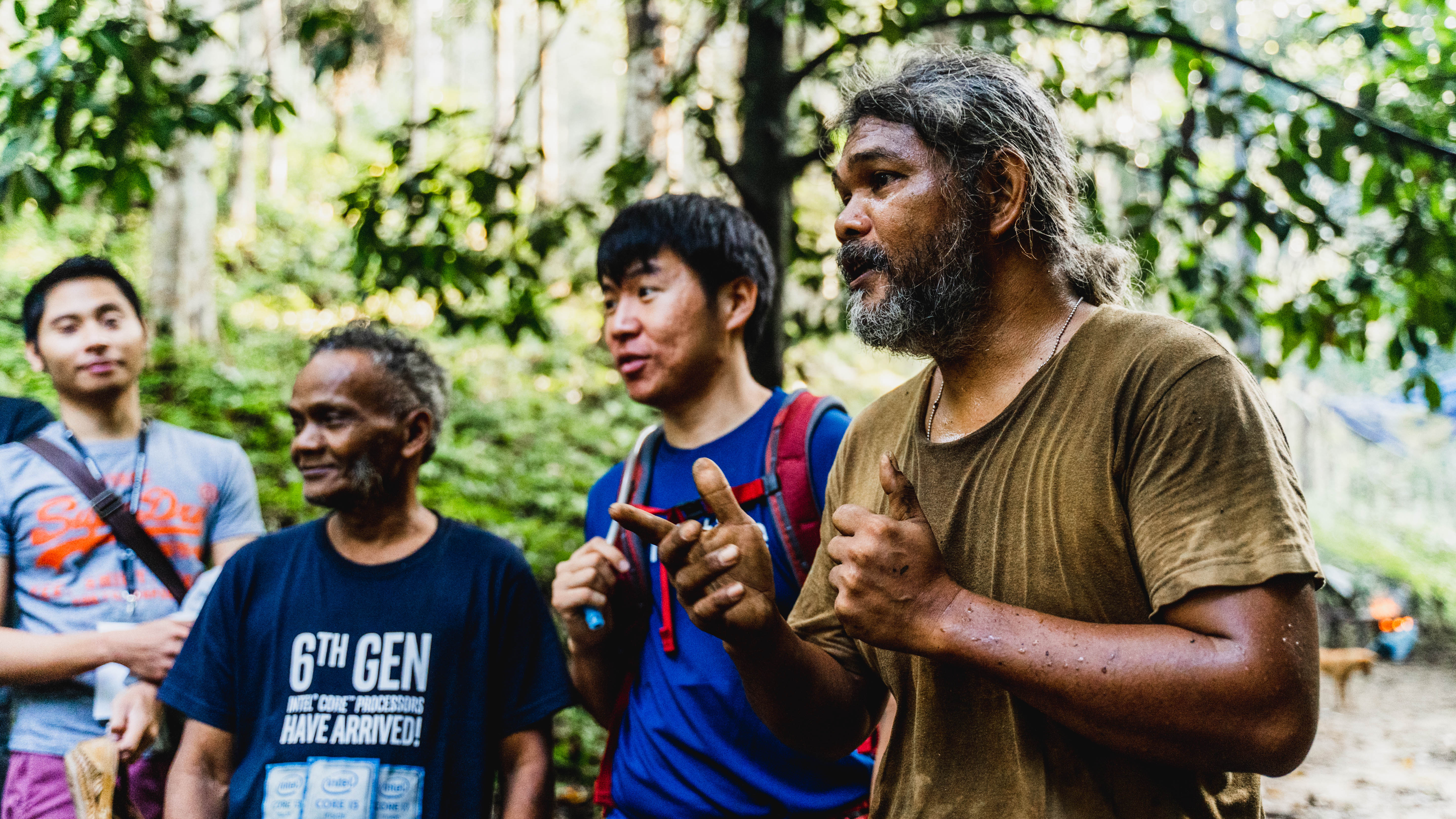
Whether unseen, unknown or unacknowledged, the Orang Asli community play a very important role to us in terms of cultural preservation and ecological preservation. Culture aside, the Orang Asli are people of the forest and have undertaken the duty of protecting, preserving and caring for the forests and its surrounding environment. This is extended to the production of forest produce that contributes to the local economy, as they are essential a part of the supply chain.
The community also plays a vital role in aiding the authorities with missing persons cases, assisting in search and rescue missions in the forests. This is further evidence that the relationship between us urban folk and the Orang Asli isn’t a one way ticket; we need them as much as they need us too.
In the outreach that subconsciously takes place when working with these communities, Daniel has noticed that a lot of the Orang Asli – especially those that are in positions of leadership within the community – have said that if you keep giving these communities free things because you think they need it, you end up babying and spoiling them.
“If anything, I think they value the opportunity to work. It’s because many of them have received free stuff for so long that they start to take it for granted.”
In closing, Daniel left us with some parting words of wisdom:
“It’s good to have the mindset of wanting to support the Orang Asli, but I also think it’s not to be presumptuous about what they need. I think it’s to really understand, to come and see for yourself and understand them as a people.”
And you know what they say about making assumptions.
In a nutshell, the best way to help out is by educating yourself, first and foremost. And if you’re not sure where to start, why not check out Native and see what they have to offer?
If you liked this read, give this one a try and experience a paradigm shift in how we see those who get down and dirty for a living.

